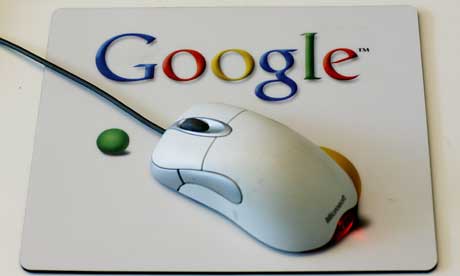 At Cern, the Large Hadron Collider could recreate conditions that last prevailed when the universe was less than a trillionth of a second old. Above is one of the collider's massive particle detectors, called the Compact Muon Solenoid. Valerio Mezzanotti for The New York Times
At Cern, the Large Hadron Collider could recreate conditions that last prevailed when the universe was less than a trillionth of a second old. Above is one of the collider's massive particle detectors, called the Compact Muon Solenoid. Valerio Mezzanotti for The New York TimesFrom The American Thinker:
The Large Hadron Collider is the largest collaborative scientific effort in history. It involves more than 2000 scientists from 34 countries as well as hundreds of universities and laboratories. It has taken 14 years to build at a cost of $8 billion and is scheduled to begin serious research work later this year.
And that work is mindboggling. The Collider seeks to accomplish nothing less than giving us a view of what the universe was like about one trillionth of a second after the Big Bang when the 4 fundamental forces in the universe – electromagnetism, the strong and weak nuclear forces, and gravitation – first split apart. By sending particle beams in opposite directions along a 17 mile underground circular track and accelerating them to near light speed while directing the particles with superconducting magnets to points where they are likely to collide, scientists hope to unravel some of the basic mysteries of the universe. Dark matter, extra dimensions, the nature of gravity, perhaps the fate of the universe itself could be revealed by these collisions and the subatomic particles they leave behind.
Read more ....
















